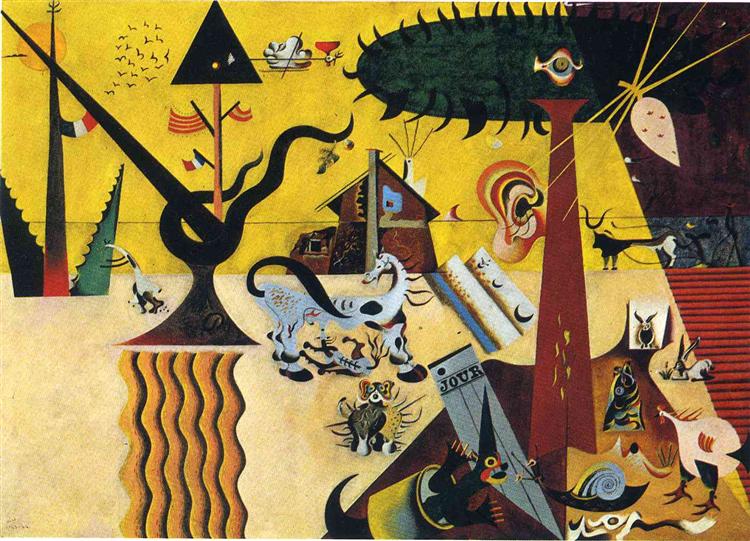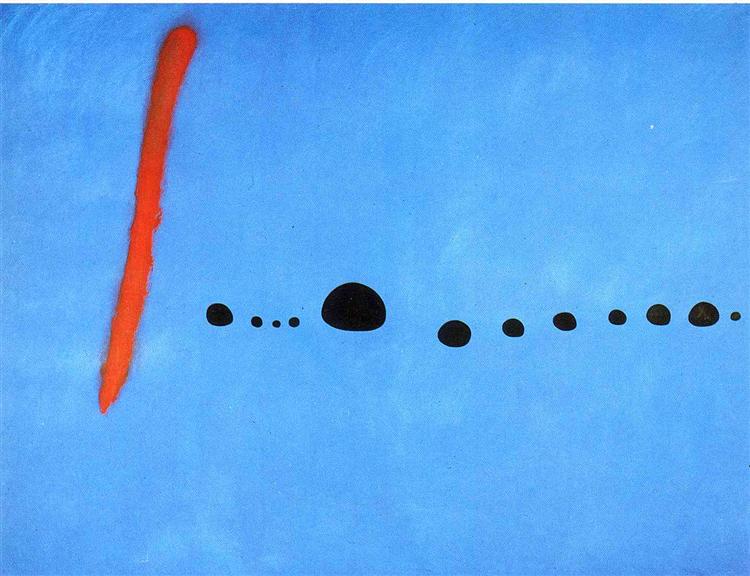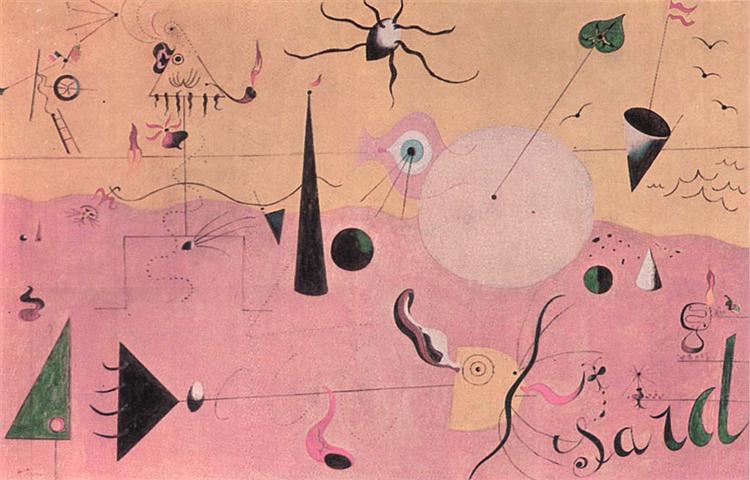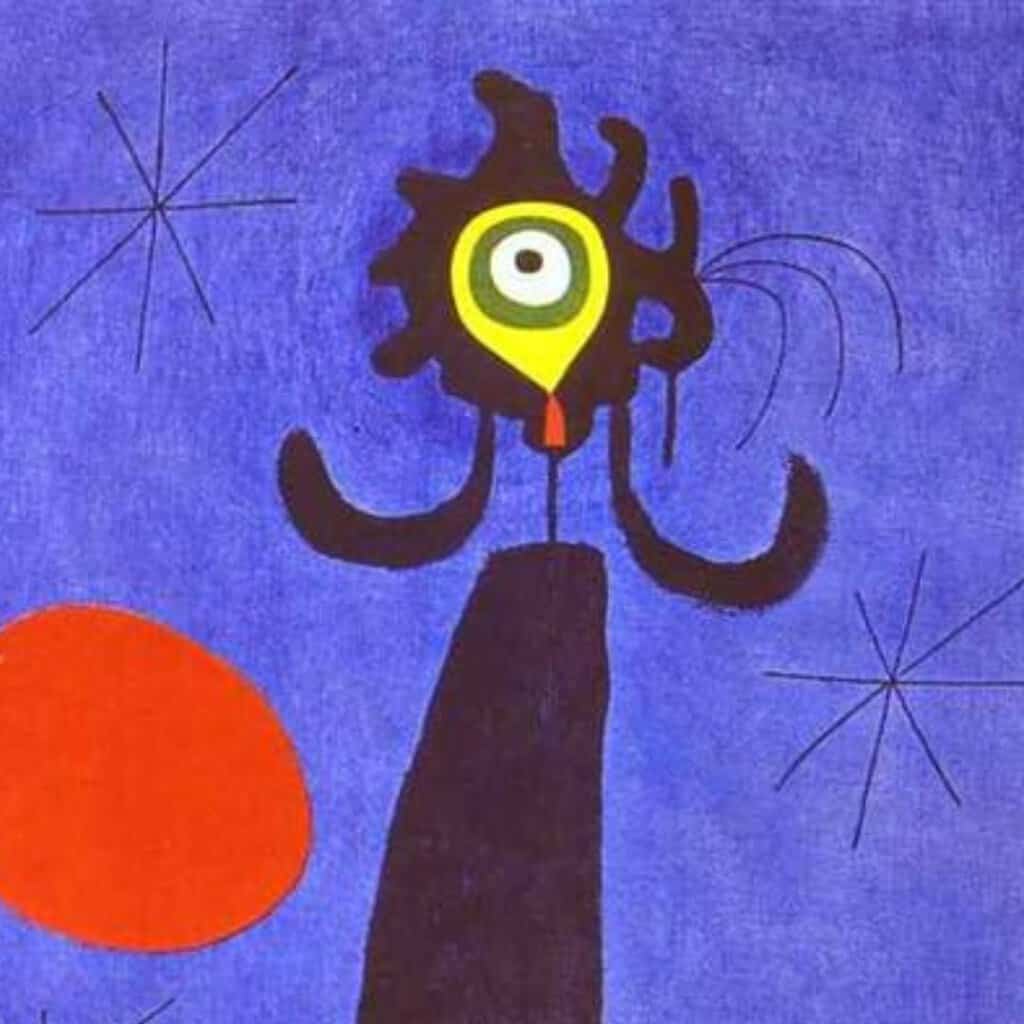In the landscape of modern education, the concept of visible learning has taken center stage, reshaping how we think about teaching and learning. At its heart, visible learning is all about making the learning process transparent and accessible to everyone involved. It’s a shift towards transparency, where the journey of acquiring knowledge isn’t hidden within the student’s mind or the teacher’s lesson plan, but is laid out for all to see and engage with.
The roots of this approach trace back to the innovative educational practices of the Reggio Emilia approach, born in the Italian town of the same name after World War II. Initially developed for early childhood education, its philosophy is built on the idea that children learn best in an environment where they can actively participate in their learning journey. This includes seeing and understanding how they learn, which in turn, deepens their engagement and curiosity.
Still curious? Here is a more detailed introduction to the Reggio Emilia approach.
But visible learning isn’t just for the youngest among us. Inspired by the foundational principles of Reggio Emilia, educators across the spectrum—from kindergarten through high school—have begun to incorporate these ideas into their classrooms. It’s about creating a culture where students can see their own progress, understand their own learning processes, and take charge of their educational journey.
So what is visible learning? Think of it as pulling back the curtain on education. Instead of learning being this mysterious process that happens quietly and internally, visible learning places it on the center stage, under the spotlight. It invites students, teachers, and the community to engage in a shared dialogue about learning, making the whole process more inclusive, collaborative, and, most importantly, more effective.
As we explore the world of visible learning further, we see it’s not just an educational strategy; it’s a pathway to creating more reflective, engaged, and autonomous learners prepared to face the complexities of the modern world. So, let’s dive deeper into how visible learning transforms the educational experience, making every step of the learning journey a shared adventure.
Read also:
The Essence of Visible Learning
At the core of visible learning lies a simple yet profound idea: making every aspect of the learning process clear, observable, and tangible to everyone involved. This approach transforms classrooms into vibrant ecosystems where teaching and learning are no longer private acts but shared experiences.
Let’s unpack this a bit further.

The Key Components of Visible Learning
Documentation of Learning
Imagine walking into a classroom and being able to see the learning journey of each student displayed on the walls, in portfolios on the shelves, and through digital blogs accessible with a click. This is documentation in action. It’s about capturing the learning as it happens and making it visible to everyone. Portfolios, learning journals, and project displays are just a few examples of how this can look. Each piece of work tells a story of challenges faced, knowledge constructed, and skills honed. This ongoing narrative not only fosters a sense of pride and accomplishment among students but also provides invaluable insights for teachers and parents into the learning progress.
Group Learning Dynamics
Visible learning is a methodology that places great emphasis on group learning as a key component of effective education. This approach is centered on the idea that students can learn more effectively when they collaborate with their peers and construct knowledge together. In group learning, students are encouraged to share their unique perspectives, question assumptions, and work together to solve problems. To ensure that every student contributes, role assignments are often used, and collaborative projects are designed to require collective problem-solving. Peer feedback sessions are also incorporated to provide diverse viewpoints. This approach not only deepens understanding but also fosters essential social skills and prepares students for the collaborative nature of the real world.
Reflective Practices
Reflection is the mirror through which we understand our learning journey. In visible learning, reflection is integrated into daily practices for both students and teachers. It might take the form of self-assessments where students evaluate their own work, teacher-student conferences that offer personalized feedback, or reflective discussions that encourage students to articulate their learning experiences. Through reflection, students become more self-aware learners, able to identify their strengths and areas for growth.

Engagement with the Environment
The physical and social environment plays a crucial role in supporting visible learning. Creative use of learning spaces, where every corner is an opportunity for discovery, and the integration of community involvement bring learning to life. Connections to the real world through projects and collaborations with local organizations make learning relevant and meaningful. This holistic approach ensures that education is not confined to the four walls of the classroom but is a vibrant part of the broader community.
The Benefits of Visible Learning
The concept of visible learning has numerous benefits that extend beyond traditional learning metrics. When the educational process becomes a shared, visible journey, the impacts are profound and multifaceted.
Improved Student Engagement and Motivation
One of the most significant benefits is improved student engagement and motivation. When students see the learning process unfold in real time and can understand the ‘how’ and ‘why’ behind their learning, they become naturally more engaged and motivated. This visibility creates a feedback loop, where students not only see where they are but also where they can go, fueling their drive to explore further.

Enhanced Understanding and Retention of Knowledge
Another advantage of making learning visible is the deepened understanding and retention of knowledge. When learners are active participants in their education, actively engaging with materials, peers, and teachers in a transparent manner, the learning sticks. As discussed in “Visible Learners: Promoting Reggio-Inspired Approaches in All Schools,” projects that illuminate the learning process in tangible ways lead to a richer, more enduring grasp of the subject matter.
Fostered Sense of Ownership and Responsibility in Learners
Students become active participants in their education, which fosters a sense of ownership and responsibility. Visible learning empowers students to take control of their educational journey, encouraging a proactive approach to their studies. The practice of documentation and reflection further reinforces this sense of ownership by allowing students to see their growth over time.
Strengthened Teacher-Student and Student-Student Relationships
Visible learning is an effective approach that has the potential to strengthen the relationship between teachers and students, as well as among the students themselves. When the learning process is made visible, it promotes a culture of transparency, openness, trust, and mutual respect. Teachers become co-learners with their students and collaborate to navigate the educational journey. This approach also helps students to learn and appreciate their peers’ perspectives, creating a collaborative classroom environment where everyone’s contributions are recognized and valued.
How to Implement Visible Learning in the Classroom
Create Detailed Documentation
- Documentation as Learning Narratives: Encourage students to document their learning processes through journals, blogs, or video diaries. This not only serves as a reflective tool for the students themselves but also provides insights into the diverse learning paths within a single classroom.
- Displaying Learning: Transform the classroom into a living museum of student work, where ongoing projects, drafts, and final products are displayed. This visually represents the learning journey, highlighting progress, challenges, and achievements.
Foster a Classroom Environment for Open Dialogue
- Group Discussions and Debates: Implement regular group discussions relevant to the curriculum. This fosters a culture of inquiry and critical thinking, allowing students to explore multiple perspectives and deepen their understanding of the subject matter.
- Feedback Circles: Create a structured space for students to give and receive feedback on their work. This practice encourages constructive criticism and support among peers, emphasizing growth and improvement.
Encourage Reflective Practice
- Reflection Time: Dedicate time at the end of each lesson or project for students to reflect on what they’ve learned, challenges they’ve faced, and achievements they’ve accomplished. This can be done through writing, discussions, or digital portfolios.
- Goal Setting and Self-Assessment: Guide students in setting personal learning goals and periodically assessing their progress towards these goals. This empowers students to take ownership of their learning and fosters a sense of responsibility.

The Role of Teachers in Visible Learning
Teachers act as facilitators and co-learners in the visible learning process. They should:
- Model Reflective Practice: Share their own learning processes, challenges, and successes with students. This demonstrates that learning is a lifelong journey, even for educators.
- Curate Resources: Provide diverse materials and resources that cater to the varied learning styles and interests within the classroom. This supports personalized learning and encourages students to explore topics more deeply.
- Guide Inquiry: Help students formulate questions that drive their learning, offering support and resources to explore these questions further. This cultivates a sense of curiosity and a love for learning.
Practical Tips for Teachers
- Start Small: Begin by incorporating one aspect of visible learning, such as documentation or reflective practices, and gradually integrate more components as you and your students become more comfortable with the approach.
- Involve Students in Goal Setting: Engage students in setting their own learning goals and tracking their progress. This practice encourages self-motivation and a deeper connection to the learning material.
- Create a Classroom Environment That Encourages Curiosity: Design learning spaces that are flexible and conducive to exploration and discovery. Include areas for group work, individual study, and presentations to accommodate different learning activities and styles.
So, what’s the next step? Let’s not keep these great experiences to ourselves! Whether you’ve dipped your toes into visible learning or are diving in headfirst, there’s so much we can learn from each other. Have you tried out a new project, discussion method, or documentation strategy that opened up new pathways for learning? Maybe you’ve faced challenges or found unique solutions that could inspire or help others.
Let’s Share and Inspire!
I’m super excited to hear your stories and ideas about bringing visible learning to life. What worked well? What did not work but taught you a valuable lesson? How did your students react to seeing their learning journey unfold? Sharing your experiences can inspire new ideas, provide solutions, and spread the visible learning philosophy far and wide.
Glossary
- Visible Learning: A teaching and learning approach where the process of learning is made explicit and observable to students, teachers, and the broader school community. It emphasizes the transparency of learning objectives, methods, and outcomes, facilitating a deeper understanding and engagement in the educational journey.
- Reflective Practices in Education: Methods used by individuals (both students and educators) to review, analyze, and evaluate their learning experiences. Reflective practices encourage a deeper understanding of one’s own learning processes, leading to improvements in teaching and learning strategies.
- Documentation: In the context of visible learning, documentation refers to the practice of capturing and displaying the learning process and outcomes. This can include portfolios, learning journals, photos, videos, and displays of student work, providing tangible evidence of growth and learning.
Read also: The “New” Education Vocabulary
External Resources
- North America Reggio Emilia Alliance includes an extensive bibliography and resource index.
- “The Hundred Languages of Children: The Reggio Emilia Experience in Transformation“
- “In the Spirit of the Studio: Learning from the Atelier of Reggio Emilia“, Lella Gandini
- “Bringing Reggio Emilia Home: An Innovative Approach to Early Childhood Education“, Louise Boyd Cadwell, Lella Gandini
- “Three Approaches from Europe: Waldorf, Montessori, and Reggio Emilia,” Carolyn Pope Edwards. Research available here
- An Approach for All Children: Reinterpreting the Reggio Emilia Approach in the USA
- Reggio Children Website
- “For an Education Based on Relationships,” Loris Managuzzi, Young Children, Nov 1993
- “Your Image of the Child: Where Teaching Begins,” Loris Managuzzi
- “Reggio Emilia As Cultural Activity Theory in Practice,” Rebecca S.New

